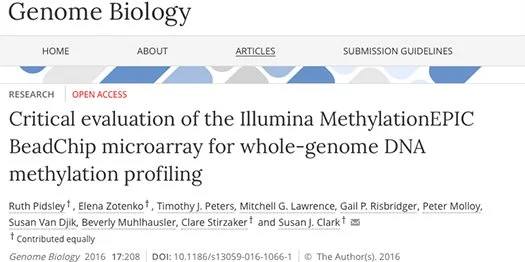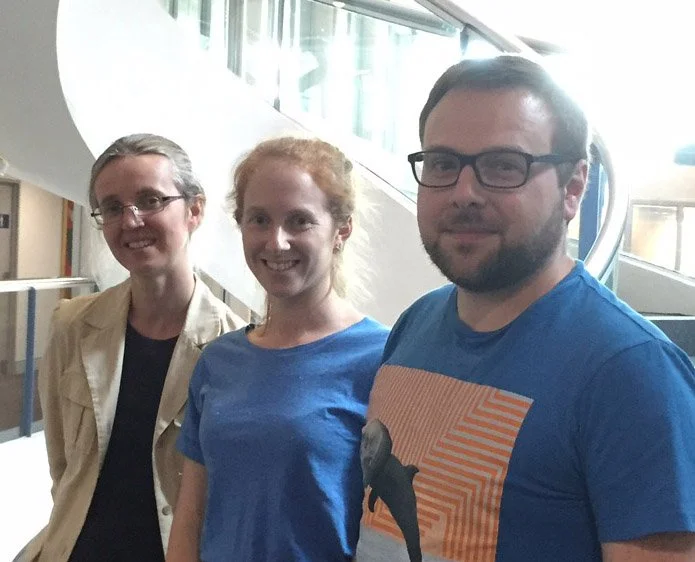Australian epigenetics research news
Recent Posts
Spotlight on: Melanie Eckersley-Maslin 25 November 2022
Spotlight on: Jessamy Tiffen 25 July 2022
ECR Spotlight on: Alex Woodworth 16 July 2022
Epigenetics 2022: Four weeks left for poster abstract submissions! 15 July 2022
Emma Whitelaw ECR Publication Award 30 June 2022
Epigenetics 2022 – Meet the speakers 17 June 2022
ECR Spotlight on: Kate Giles 31 May 2022
Spotlight on: Luciano Martelotto 30 May 2022
Epigenetics 2022 speakers announced 20 April 2022
Spotlight on: Hamish King 18 April 2022
ECR Spotlight on: William Schierding 6 April 2022
Spotlight on: Louise Bicknell 14 March 2022
Categories
News (57)
Opportunities (3)
Publications (7)
Spotlight on … (16)
World epi news (2)
Archived news
2022 (12)
2021 (9)
2020 (9)
2019 (1)
2018 (6)
2017 (6)
2016 (6)
2015 (17)
2014 (1)
by AEpiA| Oct 25, 2016 | News, Publications
Australian epigenetics researchers have been busy this year! We thought we’d share some of the publications AEpiA members have told us about:
New research from the Florey Institute of Neuroscience and Mental Health at the University of Melbourne shows that raising stress hormone levels in male parental mice leads to a predisposition to anxiety and depression-related disorders in the next two generations of offspring.
In the study, led by Prof Tony Hannan, treatment of male mice with corticosterone caused changes in anxiety levels and depression-like phenotypes in F1 and F2 offspring, with different effects in males compared to females. Analysis of the the small RNA profile in sperm of the corticosterone-treated mice identified three microRNAs that are likely to mediate these physiological effects. Their findings were published in Translational Psychiatry in June. You can read more on the Florey Institute website or read the full text pdf here.
A study led by Prof Sue Clark and Dr Clare Stirzaker from the Garvan Institute of Medical Research in Sydney revealed novel insights into gene silencing in cancer.
Their work showed that MBD2 promotes the maintenance and spread of DNA methylation at key regulatory regions in prostate cancer cell lines, and using tumour samples from The Cancer Genome Atlas (TCGA), they demonstrated significant hypermethylation mediated by MBD2 in the same genomic regions. This ‘re-writing’ of the cancer methylome by MBD2 is therefore likely to be relevant to the clinical progression of cancer. This study was published in Oncogene in September. Read what Dr Stirzaker and Prof Clark have to say on the Garvan Institute website.
Researchers from Queensland University of Technology have demonstrated that salivary DNA methylation has the potential to detect early-stage tumours in head and neck squamous cell carcinoma (HNSCC) patients. The study, led by A/Prof Chamindie Punyadeera, validated a panel of tumour suppressor gene methylation in saliva samples collected from HPV-positive and HPV-negative head and neck cancer pateints compared with healthy controls. As the typical five year survival rate for HNSCC patients is less than 40 %, the potential for early detection has important clinical implications. Their study was published in BMC Cancer last month.
In a study published in Genome Biology this month, researchers including Drs Ruth Pidsley, Elena Zotenko and Tim Peters from the Garvan Institute of Medical Research performed a thorough examination of the pros and cons of Illumina’s EPIC BeadChip microarray for whole-genome DNA methylation profiling.
Their study concludes that this new technology is a significant improvement over previously available tools, and their findings will be a highly informative resource for researchers worldwide.
(L-R) Elena Zotenko, Ruth Pidsley and Tim Peters
– Do you have any research news you would like to share with AEpiA members? Please email me about any recent publications, awards or events!





